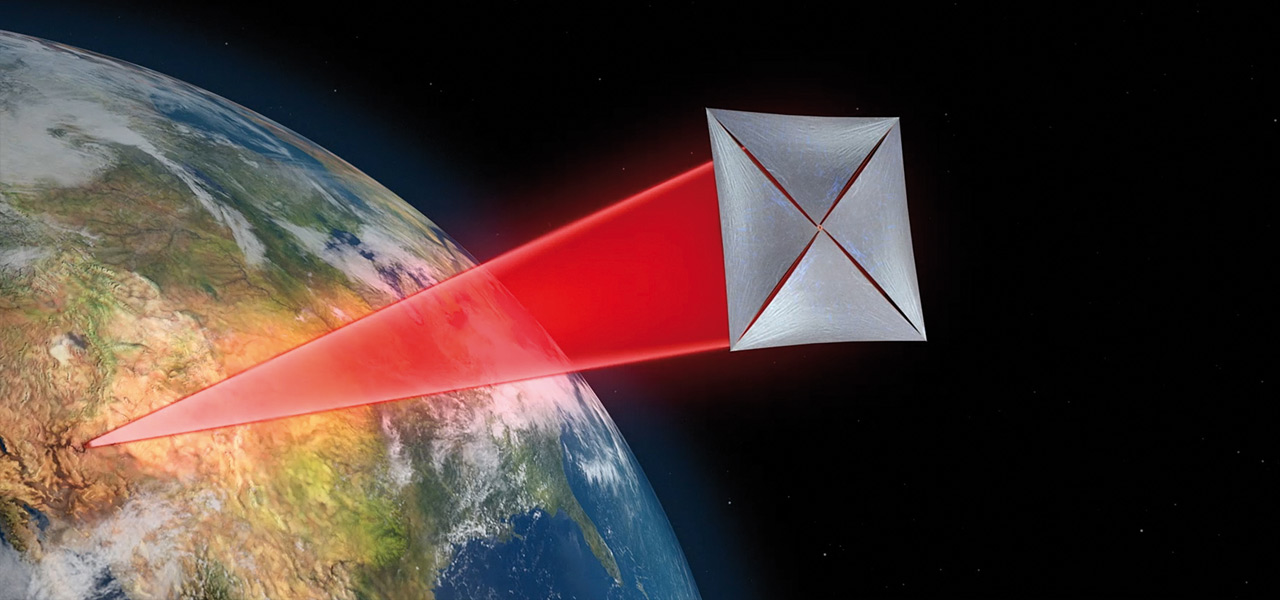
The Laser-based World of Tomorrow
The chances are that tomorrow’s computers will also benefit from the use of photons (instead of electrons) for the transmission of information – a transition that would enhance the efficiency of data processing enormously. Quantum computers promise a further boost in capacity and speed, because they are no longer dependent on binary ON/OFF switching elements as today’s computers are. Quantum processors exploit the laws of quantum physics and can operate not only on the binary bits 0 and 1, but on units of information known as qubits, each of which can encode several different quantum states simultaneously. Atoms, electrons and photons are all under investigation as potential qubits in future quantum computers. An optical quantum computer based on laser light would enable data to be transmitted with negligible losses, and would not need complicated arrangements for the dissipation of heat.
In the foreseeable future, autonomous vehicles will become a practical reality, partly because they can rely on laser technology to monitor their surroundings and react appropriately to other traffic. This breakthrough is largely due to developments in Light Detecting And Ranging (LIDAR). LIDAR systems are based on a laser that emits a stream of light pulses that impinge on, and are reflected by objects in the environment. By analyzing the intensity and travel times of the reflected pulses, a detector can then determine the sizes and distances of nearby obstacles, including pedestrians and other vehicles.

Photon sails could be propelled into space with light pressure, at least that's what the researchers of the "Breakthrough Starshot" -project are planning. Laser light will be directed onto the sails. The light pressure drives them into space. Picture: Breakthrough Starshot
As the masters of science fiction have taught us, with lasers, the sky’s the limit! And no less a luminary than the late physicist Stephen Hawking was among the initiators of an ambitious attempt to use lasers as a source of power for spacecraft. The basic idea is to focus high-intensity, earth-bound lasers on the ‘sails’ of space gliders. Although photons have no mass, they carry momentum and therefore exert radiation pressure. The photons that hit the sail are reflected and exert a force on its surface, in the same way as a ping-pong ball does when it bounces off a table-tennis bat. The essential point is not so much to save on fuel, but to accelerate very small satellites to extremely high velocities, high enough to enable them to reach and explore otherwise inaccessible regions of outer space. These examples are only a foretaste of what laser technologies may yet hold in store for us. What began as science fiction in the late 19th century has become the science of photonics in the 21st.









